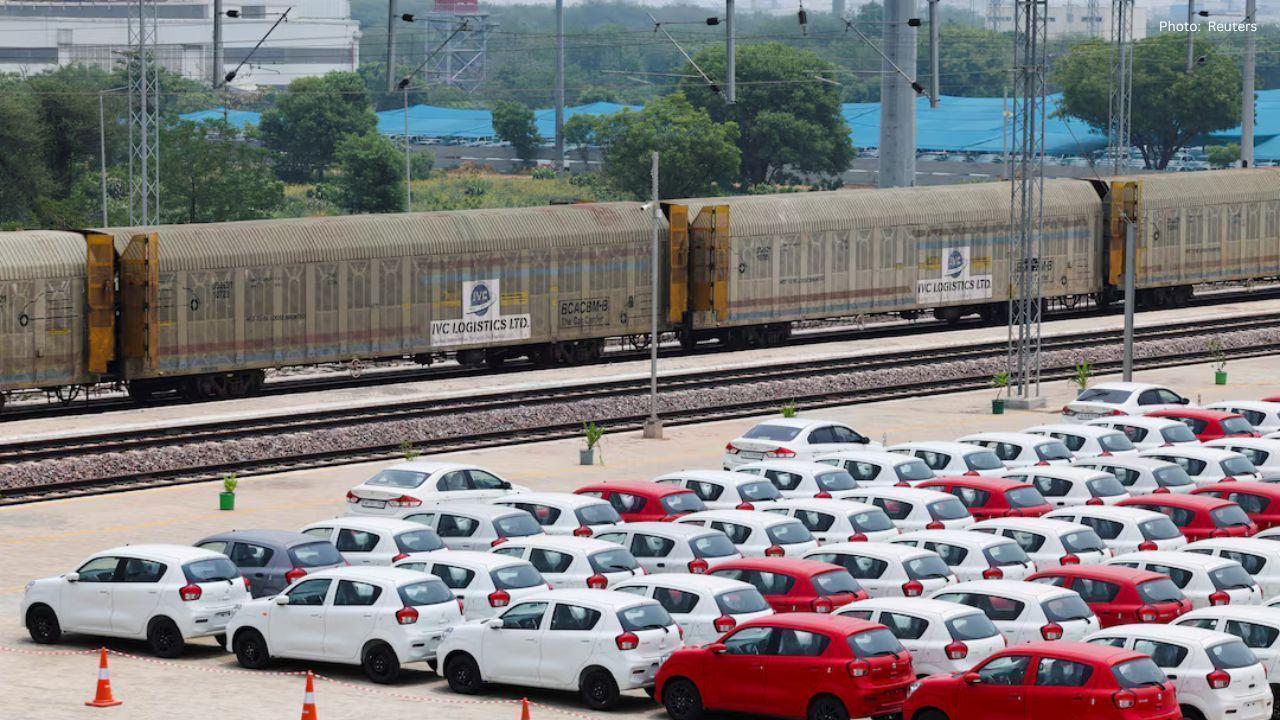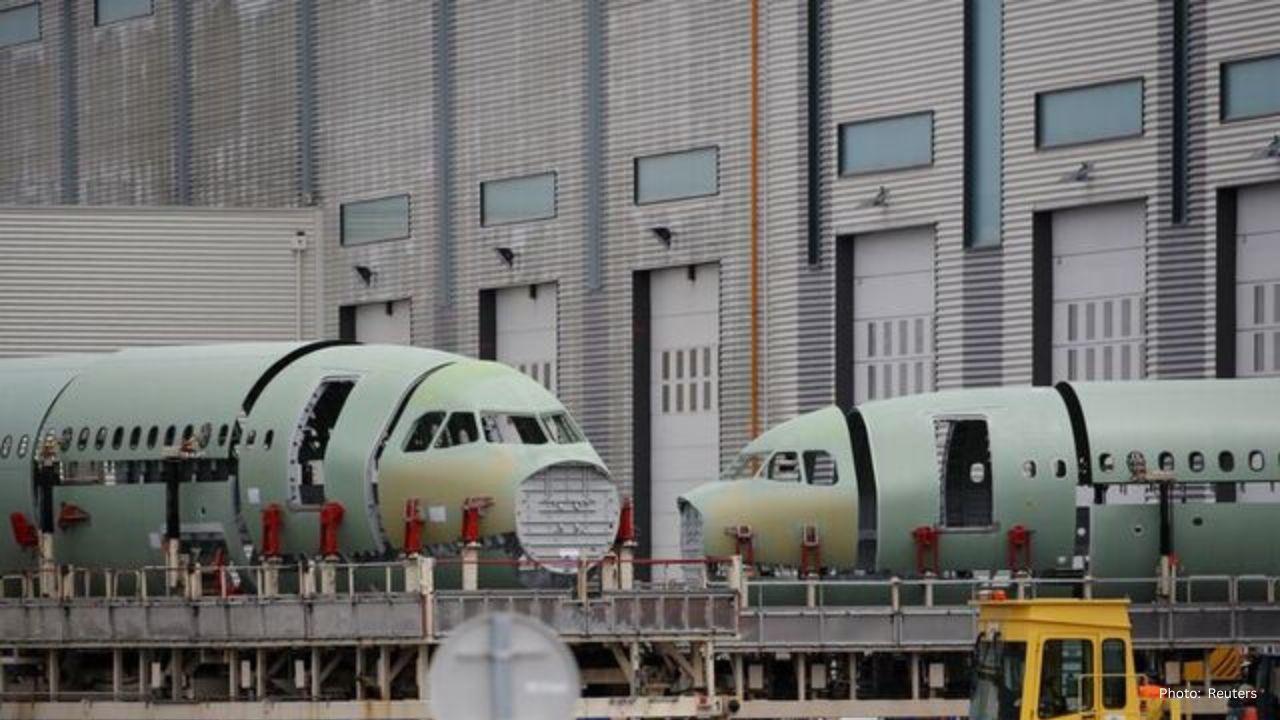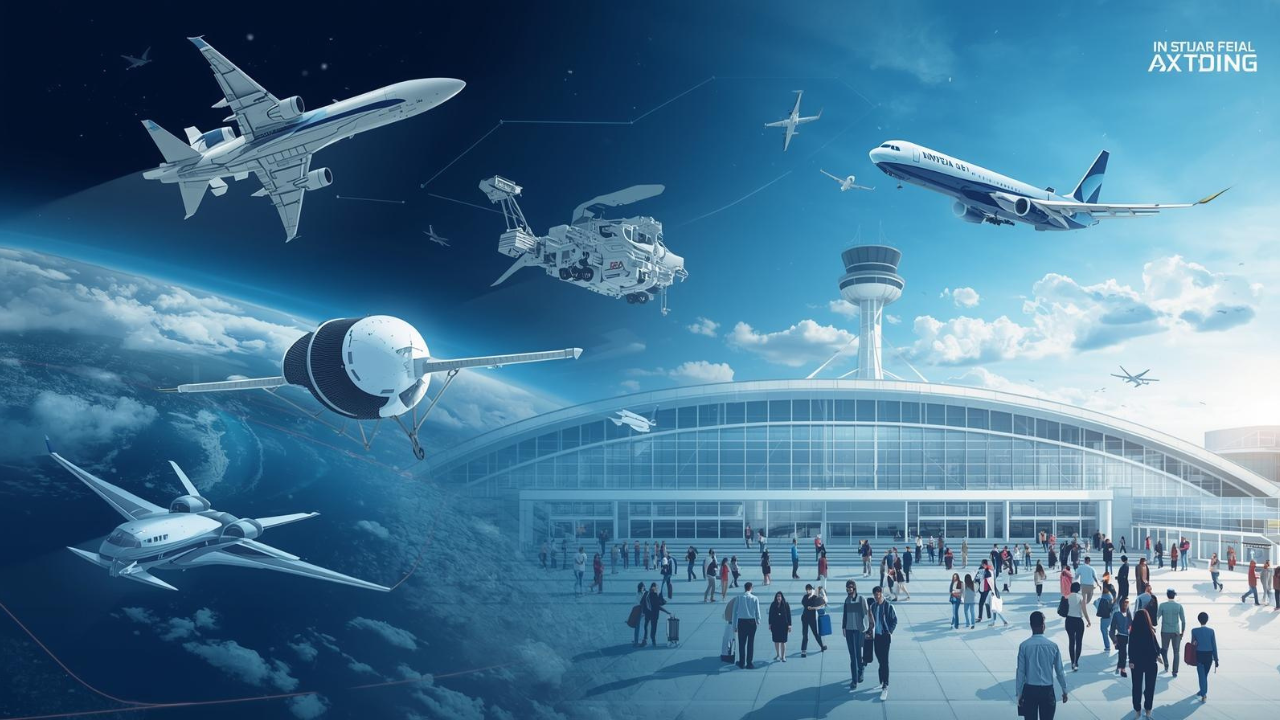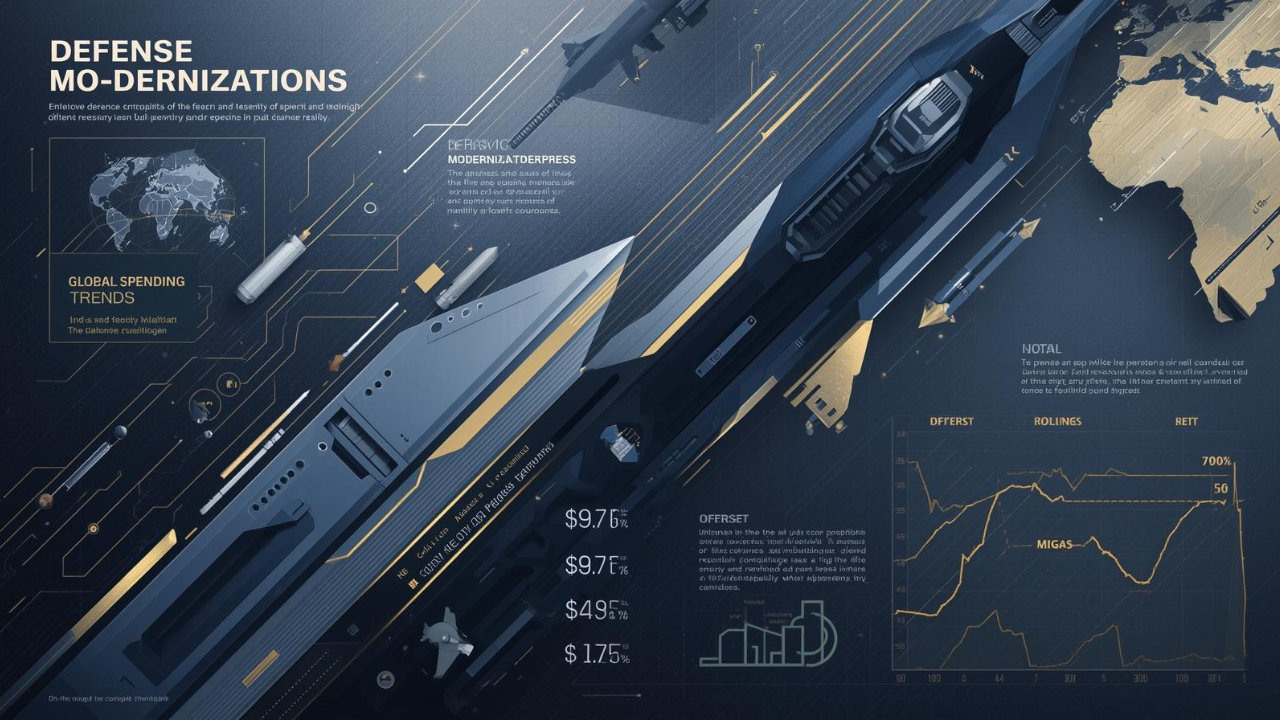
Post by : Meena Rani
Graphene and nanotechnology are two groundbreaking innovations that are redefining the future of transportation. From faster and safer vehicles to more energy-efficient systems, these advanced materials are shaping the way we move. With industries investing heavily in research and development, the next decade promises a transport revolution that blends strength, sustainability, and cutting-edge science.
Graphene is a one-atom-thick sheet of carbon atoms arranged in a honeycomb pattern. Despite being incredibly thin, it is about 200 times stronger than steel and an excellent conductor of electricity and heat. Its lightweight yet durable nature makes it an ideal material for automotive, aerospace, and railway industries looking to enhance performance and efficiency.
Nanotechnology focuses on manipulating matter at the atomic and molecular scale. In transportation, this means creating materials with superior strength, resistance, and energy efficiency. From self-healing paints that reduce maintenance costs to ultra-light components that improve fuel efficiency, nanotech is already becoming an integral part of future mobility solutions.
Stronger and Lighter Vehicles: Graphene-infused composites reduce weight without compromising safety, leading to higher fuel efficiency and faster vehicles.
Next-Generation Batteries: Graphene-based batteries charge faster, last longer, and store more energy, offering a game-changing solution for electric cars and public transit systems.
Safer Roads and Skies: Nanotechnology enables advanced sensors, anti-corrosion coatings, and more resilient materials that enhance safety in vehicles and aircraft.
Sustainable Public Transport: Buses, trains, and planes built with nanomaterials consume less energy, reduce emissions, and support greener mobility.
In aerospace, weight reduction is crucial. Graphene composites help make aircraft lighter, reducing fuel consumption and carbon emissions. In the automotive industry, car manufacturers are exploring graphene for body panels, tires with better grip, and even in transparent solar panels integrated into vehicle roofs.
The combination of graphene and nanotechnology is set to transform every aspect of transportation. As research advances and costs come down, these materials will likely become mainstream, accelerating the transition to sustainable, high-performance mobility systems worldwide.
Disclaimer: This article is for informational purposes only. Ongoing research and development may bring further advancements, and official industry updates should be followed for the latest developments.
graphene transport, nanotechnology transportation, future mobility, advanced materials in transport, graphene cars, nanotech aerospace, graphene batteries, transport innovation










Advances in Aerospace Technology and Commercial Aviation Recovery
Insights into breakthrough aerospace technologies and commercial aviation’s recovery amid 2025 chall

Defense Modernization and Strategic Spending Trends
Explore key trends in global defense modernization and strategic military spending shaping 2025 secu

Tens of Thousands Protest in Serbia on Anniversary of Deadly Roof Collapse
Tens of thousands in Novi Sad mark a year since a deadly station roof collapse that killed 16, prote

Canada PM Carney Apologizes to Trump Over Controversial Reagan Anti-Tariff Ad
Canadian PM Mark Carney apologized to President Trump over an Ontario anti-tariff ad quoting Reagan,

The ad that stirred a hornets nest, and made Canadian PM Carney say sorry to Trump
Canadian PM Mark Carney apologizes to US President Trump after a tariff-related ad causes diplomatic

Bengaluru-Mumbai Superfast Train Approved After 30-Year Wait
Railways approves new superfast train connecting Bengaluru and Mumbai, ending a 30-year demand, easi